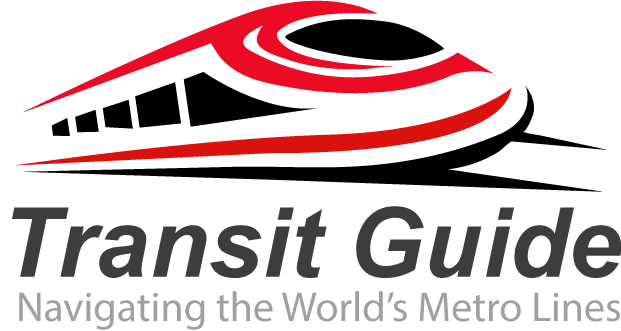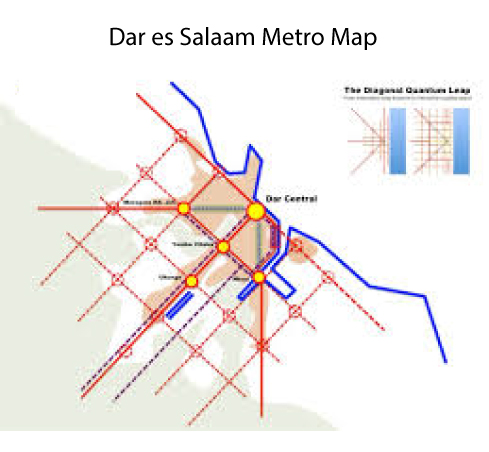The Dar es Salaam Rapid Transit (DART) system represents Tanzania’s most ambitious urban transportation project, revolutionizing how millions of residents navigate the bustling commercial capital. This comprehensive bus rapid transit (BRT) network has transformed public transportation in East Africa’s fastest-growing city.
What is DART?
DART is a modern bus rapid transit system designed to address Dar es Salaam’s chronic traffic congestion and transportation challenges. Launched in 2016, the system operates dedicated bus lanes with high-capacity articulated buses, serving over 200,000 passengers daily across the metropolitan area.
DART Routes and Coverage
The rapid transit system currently operates six main phases:
Phase 1 connects Kimara to Kivukoni, covering major corridors including Morogoro Road and stretching 21 kilometers through the city center. This inaugural route serves key destinations like the Central Business District and major residential areas.
Subsequent phases have expanded coverage to include routes to Mbezi, Tegeta, and other rapidly developing suburbs. The network continues growing to serve Dar es Salaam’s population of over 6 million residents.
Key Features and Benefits
Modern Infrastructure
DART features dedicated bus lanes, modern stations with electronic ticketing systems, and climate-controlled buses designed for tropical conditions. The system includes pedestrian bridges and accessible facilities for disabled passengers.
Affordable Transportation
With competitive fares significantly lower than private transport options, DART provides cost-effective mobility for students, workers, and families throughout Dar es Salaam.
Reduced Traffic Congestion
By moving thousands of commuters from private vehicles to efficient public transport, DART has notably reduced traffic congestion on major routes during peak hours.
Using DART: Practical Information
Ticketing System
DART operates a cashless system using smart cards available at all stations. Passengers can purchase and reload cards at designated points throughout the network.
Operating Hours
The system typically operates from 5:30 AM to 10:00 PM, with frequent services during peak hours and regular intervals throughout the day.
Station Amenities
Most DART stations feature security personnel, waiting areas, and real-time arrival information displays to enhance passenger experience.
Economic Impact
The rapid transit system has stimulated economic development along its corridors, with new businesses, residential developments, and commercial centers emerging near stations. This transit-oriented development pattern is reshaping Dar es Salaam’s urban landscape.
Future Expansion
Plans for DART expansion include additional phases connecting outer suburbs, integration with other transportation modes, and potential light rail connections to serve Tanzania’s growing economy.
Challenges and Solutions
While DART has achieved significant success, the system continues addressing challenges including capacity during peak hours, route expansion to underserved areas, and integration with informal transport networks that historically served the city.
The Dar es Salaam Rapid Transit system stands as a model for sustainable urban transportation in Africa, demonstrating how modern public transit can transform cities while serving diverse populations affordably and efficiently.
For current schedules, routes, and fare information, passengers should check official DART channels or visit station information centers throughout Dar es Salaam.

